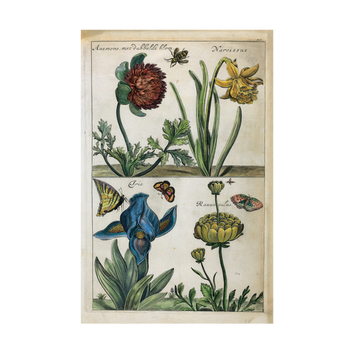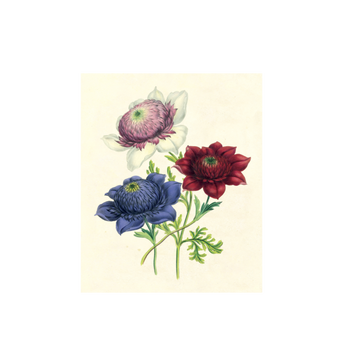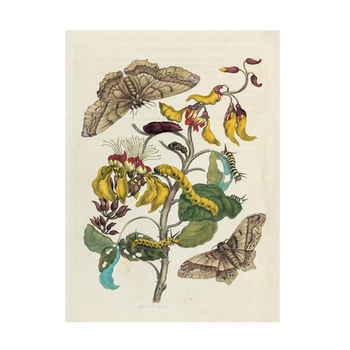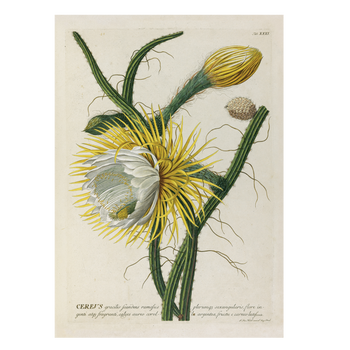You have no items in your shopping cart.
Botanical print Peony Hortus Eystettensis Botanical print Peony Hortus Eystettensis
Paeonia polyanthos Paeonia polyanthos
€13,00
Natural gems: Peony by Basilius Besler.
Natural gems: Peony by Basilius Besler.
Availability:
In Stock
Sku: BESLESTA09
ISBN/EAN: 997516606
From the Hortus Eystettensis by Basilius Besler, the most beautiful botanic art collection from the 17th century, a wonderful print reproduced using modern techniques. Shapes and colours for your home. Allow Nature in.
Reproduction in natural size, imperial folio, printed on aged paper, similar to the original in weight (170 g), texture, colour and 32 mm laid lines. The imprint of the etching plate can be clearly seen. The colouring matches the original, thanks to the use of a chromolithography process, photographic retouching and four-colour printing.
The history of botany, and disclosing its most rare and precious aspects, has always been part of the Aboca project. After a period of study lasting 16 years, Hortus Eystettensis was published in 1613. It contains illustrations of more than 1000 plants, ordered for the first time according to the natural calendar of flowering time. The specimen that Aboca acquired, and also carried out the entire reproduction of, was the one from Eichstätt University Library.
From the Hortus Eystettensis by Basilius Besler, the most beautiful botanic art collection from the 17th century, a wonderful print reproduced using modern techniques. Shapes and colours for your home. Allow Nature in.
Reproduction in natural size, imperial folio, printed on aged paper, similar to the original in weight (170 g), texture, colour and 32 mm laid lines. The imprint of the etching plate can be clearly seen. The colouring matches the original, thanks to the use of a chromolithography process, photographic retouching and four-colour printing.
The history of botany, and disclosing its most rare and precious aspects, has always been part of the Aboca project. After a period of study lasting 16 years, Hortus Eystettensis was published in 1613. It contains illustrations of more than 1000 plants, ordered for the first time according to the natural calendar of flowering time. The specimen that Aboca acquired, and also carried out the entire reproduction of, was the one from Eichstätt University Library.
Dimensions 43,5 x 52 cm
Dimensions 43,5 x 52 cm












